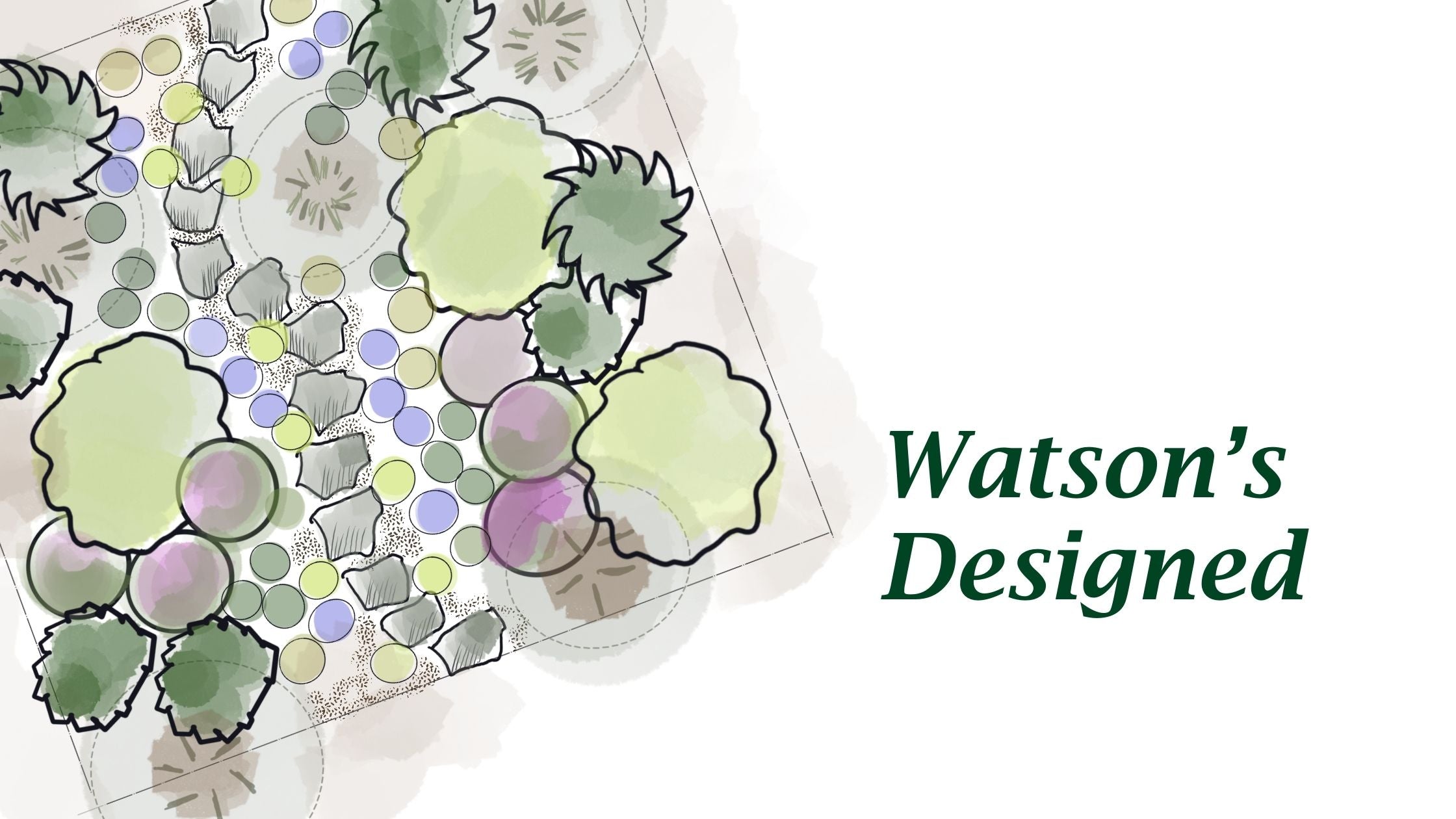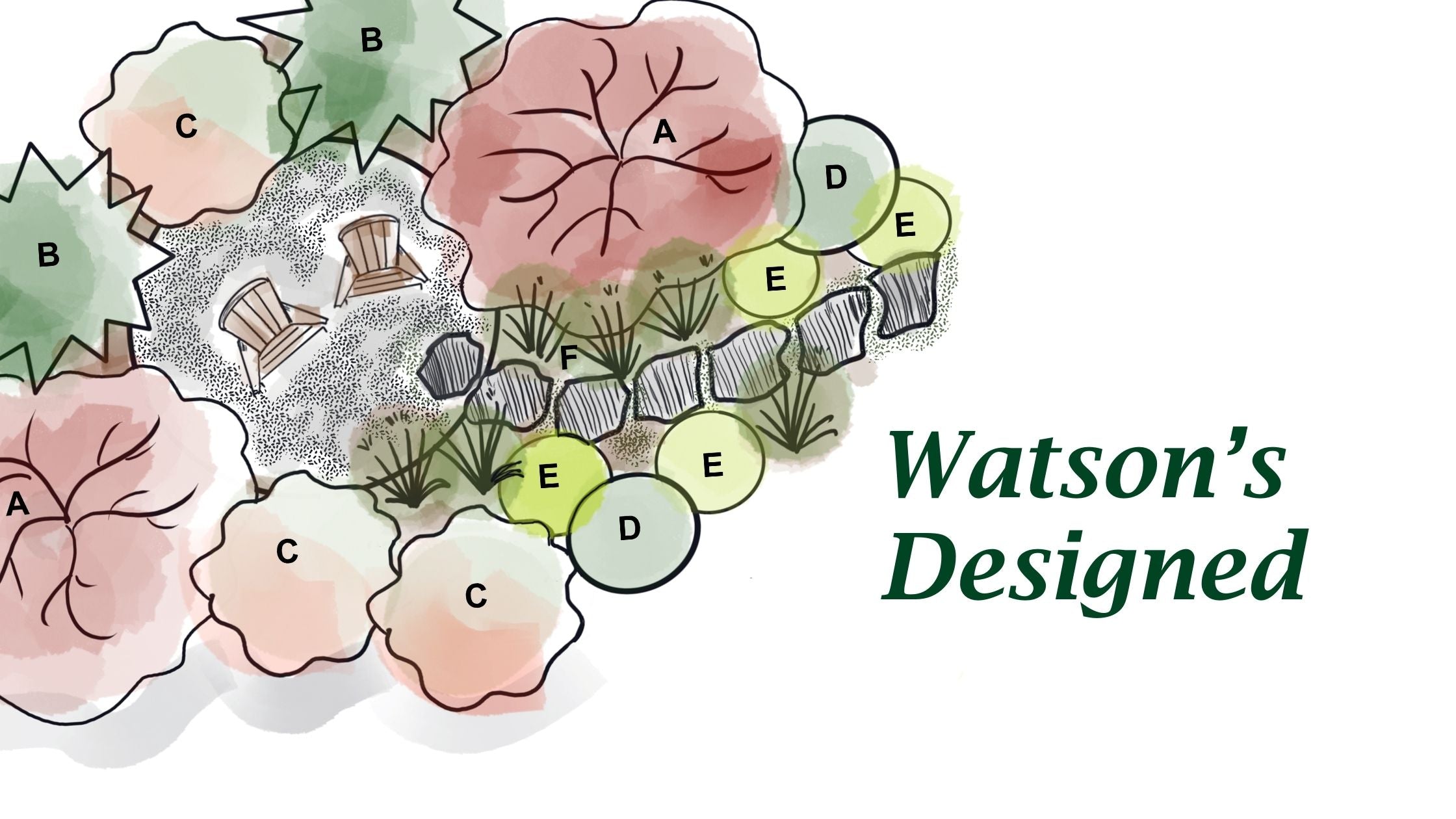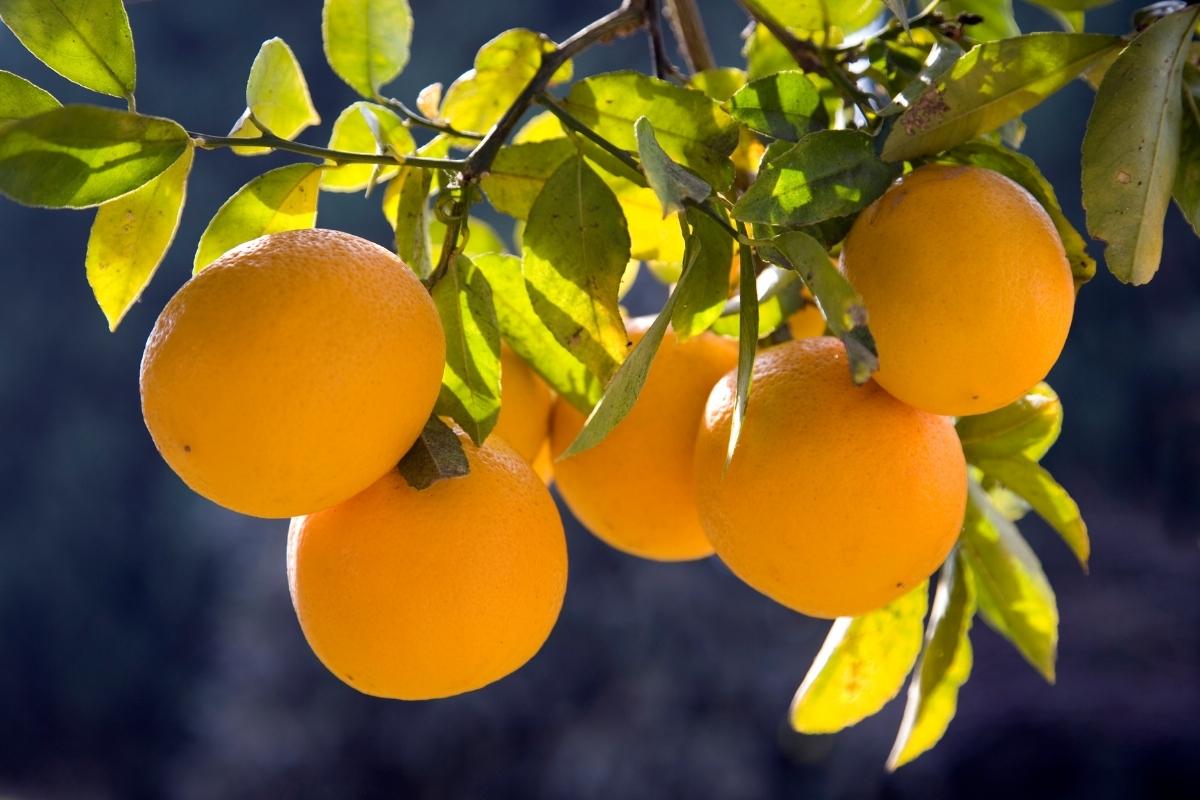DIY Designed Indoor Garden Container for Low-light
There are plenty of different ways you can go about creating a low-light indoor container. For this example we will be featuring one of the most popular and elegant houseplants, the Orchid.
• If you want your plants to live a long time in your container then you will want to select a pot with a drain hole and use a saucer.
• Low-light containers need more water than high-light so they are less likely to have root rot, but if you choose a container without a drain hole then root rot will most likely happen.
• Protect your furniture and floors and use a saucer (usually plastic or ceramic)!
If you are in love with a pot and there is no drain hole then that’s okay, you will just have to build a reservoir on the bottom

Step 1: Prep the container for plants
• We used Espoma Organic Potting Soil because it is overall a fantastic soil for indoor plants.
• Fill the pot and leave 1 inch at the top. You always want more soil then too little because you can always scoop some out, but it is more difficult to add dirt after you have started, and this will leave your container with a cleaner finish.
Step 2: Begin planting!
Start with your centerpiece plant (an orchid in our example)
Pro tip: if you are using an orchid in a mixed indoor container, leave the orchid in its pot when you plant it
• This is very important because orchids need a much different soil condition than most house plants.
• Orchids need to be taken care of separately from the rest of the plant in your container, so by having the orchid in its own pot you can just simply take the orchid out of the container, show it some personal attention then plop it right back into your container.

Step 3: Assemble the rest of our plants
When choosing the right plant you must consider the type of conditions your container will be in. Since we are doing a low-light container with an orchid we will be choosing plants that also require low-light. Read our plant selection blog for some more options.
• When we make our containers we always want to have the right amount of height and texture for the container.
Now we choose a medium sized plant that will go right next to the orchid (we chose an Arrowhead Plant, Nephthytis Syngonium).
• You will want to tease the roots a bit. Alerting the plant that is going in a new home.
• Most houseplants like to be a little root bound, so just a small tease.
Then choose a plant for the middle to add a pop of texture and color, Ferns and Palms work really well for this! We chose a Boston Fern in this example.
• Again you will want to tease the roots.
Next we want to fill in the edges with some kind of trailing plant, we chose a variegated english ivy. The variegated leaves provide a striking contrast and pairs well with the white orchid.
Pro Tip: we used two trailing plants instead of one to give an elegant look to the container. You can use two different ones or the same. For this planter we used two of the same.
Step 4: The finishing touches
Everything has been planted in the container and it looks beautiful, but the final step is to add a finishing touch of moss top-dressing to bring the arrangement together.
• We use Spanish moss, Super moss, or Sphagnum moss.
• Moss will help with humidity and give it a finished look.
• When watering the orchid remove the moss from around the orchid container.




